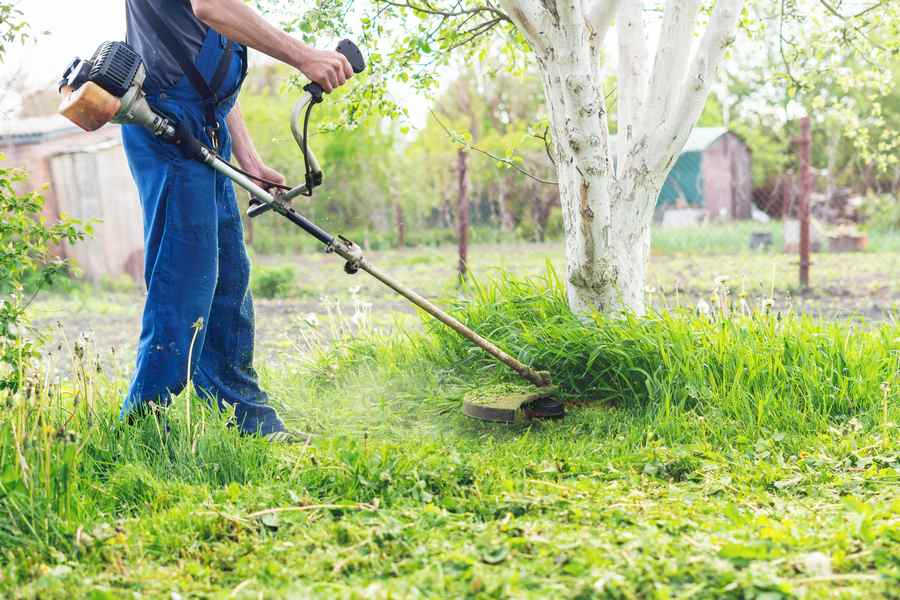The Best Periods of Year for Yard Maintenance Activities

Maintaining your yard can be a fulfilling task that improves both the attractiveness of your home and the well-being of the environment. Grasping the best times of year to perform various lawn care activities is crucial for creating a thriving yard. Whether you are restoring your grass after the winter months or preparing it for the cold months ahead, maintaining a seasonal plan will be key in upkeeping a lively landscape.
In this guide, we'll cover the essential lawn care tasks that are associated with each season, making sure that you are aware of when and how to mow, nourish, irrigate, and shield your grass. From selecting this contact form for your region to steering clear of common mistakes that can negatively affect your lawn, each season brings individual obstacles and opportunities for your yard to thrive. Get ready to dive into Lawn Care 101 and learn how to cultivate a vibrant outdoor space year-round.
Seasonal Lawn Care Manual
The Spring signals the renewal of your lawn after the frigid winter months. This season is vital for revitalizing your lawn and preparing it for the blooming season to come. Begin by performing a comprehensive spring lawn care checklist, which includes tasks including aeration to promote nutrient absorption and overseeding to repair any bare patches. Furthermore, testing your soil is vital at this time to evaluate nutrient needs. By concentrating on these preliminary actions, you can establish the basis for a thriving green lawn.
Once summer arrives, the focus shifts to preserving your lawn's health amidst the high temperatures. During these hot periods, it's crucial to modify your watering schedule, ensuring your lawn receives adequate moisture without overwatering. Dawn watering is recommended as it reduces evaporation. Keep an eye out for typical lawn pests and diseases that prosper in temperate weather, using natural pest control methods when applicable. Applying fertilizers tailored to summer needs will help your grass endure stress and maintain its vibrant color.
Autumn brings a shift period where planning for winter is key. Commence by aerating your lawn and spreading the best fertilizers formulated for autumn to help your lawn recover before the cooler weather set in. Collecting leaves and removing debris is also essential to prevent disease and allow light to reach your lawn. This time is the ideal moment to consider overseeding as well, ensuring your lawn remains thick and healthy as it heads into rest during the winter months. spintax ## Frequent Grass Care Mistakes
A common most mistakes homeowners make is watering too much their lawns. A lot of people believe that increased water is consistently better, but that's not the case. Overwatering can lead to poor root development, which makes the grass vulnerable to diseases. To prevent this, it is important to develop a suitable watering schedule based on the unique needs of your grass type and environment, ensuring the ground receives sufficient moisture without becoming oversaturated.
Additionally, another common mistake is mowing the grass too low. While it might seem logical to keep the grass trimmed as short as possible for a neat appearance, cutting the grass too low can stress the plants and expose them to weed growth and pests. It is advisable to follow the one-third rule, which recommends not cutting more than one-third of the height of the grass at a single mowing. Maintaining your lawn at the correct height helps maintain its well-being and strength.
To sum up, many homeowners neglect the importance of soil testing and fertilization. Using fertilizer without understanding your soil's unique nutrient needs can lead to imbalanced growth and potential lawn damage. Conducting a testing of the soil helps identify nutrient gaps and allows you to choose the most suitable fertilizers for a lush, green lawn. This tailored approach not only improves your lawn's wellness but also saves you money on excessive products.
Ideal Watering Techniques
Effective irrigation is key for maintaining a lush lawn. The common rule is to water deeply but rarely, promoting roots to grow deeper into the soil. This method helps your grass become more resilient to dry conditions and vibrant. Aim to deliver around 1 inch of moisture per week, either through precipitation or watering, distributed over multiple days to give the soil to take in water completely.
When and method play crucial roles in effective irrigation. Watering early in the morning is often advised, as temperatures are lower and wind speeds are reduced, reducing evaporation. AM irrigation also gives your lawn enough time to drain before night, which helps prevent disease. If AM is not possible, early evening can be a backup, but try to not watering too late to prevent overnight moisture buildup.
The approach of watering can also affect lawn health. Employing a sprinkler system can offer reliability, but manual watering allows you to respond to specific needs when you notice signs of drought. It's essential to identify the signs of excess moisture and insufficient moisture to adjust your routine accordingly. Utilizing rainwater collection systems can provide an sustainable option, ensuring that your lawn gets the right amount of moisture without wasting resources.

